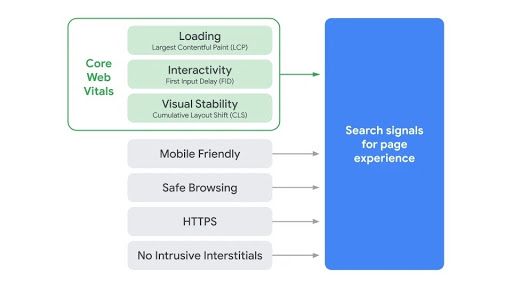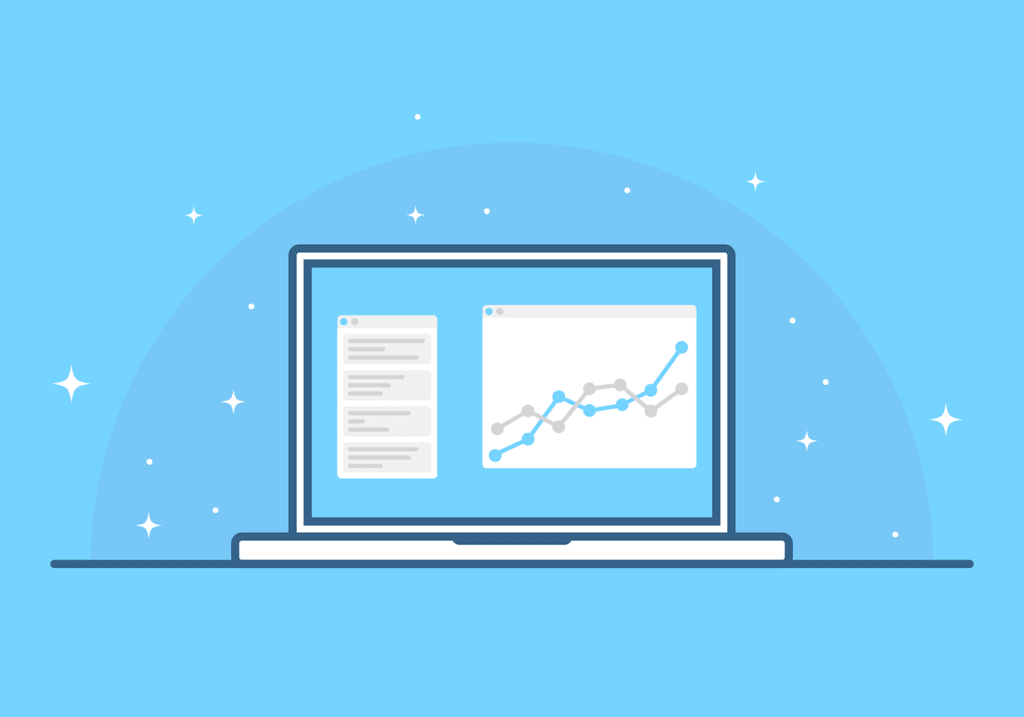What are Google’s ranking factors? It’s a question SEOs are always asking and the answer keeps changing.
If you want your website to be seen and get the maximum amount of organic traffic as possible, your SEO needs to be in tip-top shape. When you publish a new page on your site, it’s important to optimise your content in line with Google’s ranking factors in order to get it as far up the SERPs as possible.
Google’s ranking factors are constantly changing and there are a lot of myths floating around, so let’s have a look at how things stand at the start of 2021.
How do Google’s ranking factors work?
With billions of web pages online, it would be impossible for Google to determine which ones should appear higher in the search results without a set of criteria. The order in which results appear stem from Google crawling and indexing all of the information featured on a page.
Ranking factors were introduced to Google’s algorithm in order to provide users with useful information, relevant to their search query. In following SEO best practices and abiding by Google’s ranking factors, a web builder gives their site more of an opportunity to rank as high as possible organically.
Sorting fact from fiction
Fact: Responsive sites
The days of having a website with one single design are gone. It has long been the case that Google will prioritise websites based on how well they are optimised for PCs. Now it’s important to build a website with a design that works on a plethora of devices.
Google has now taken into account the rise of mobile technology and its online traffic. From March 2021, Google will start indexing its search results based on whether a website has been optimised for mobile devices.
Fiction: Bounce rates and dwell time
Although they are both good verometers as to whether the user is finding what they are looking for, the bounce rate and dwell time are not ranking factors. Of course, you will want your website to have a low bounce rate and a high dwell time. However simply having these will not improve your standings in the SERPs.
What is true, and Google has confirmed, is that these two measures feed Google’s machine learning. Google uses click data to train its AI.
Fact: HTTPS
Google itself has stated that security is a top priority. Back in 2014 the search engine called for HTTPS everywhere online. The ‘not secure’ warning on your page will not only cause users to distrust your website, but dramatically hampers its ability to rank well.
Google’s main concern is to protect its users’ data and other suspicious activities being carried out, so HTTPS is used as a ranking signal. HTTPS provides an extra three key layers of protection; encryption, data integrity and authentication. It gives users a secure and private experience when using a website.
If you are yet to do so, our MD Mark Tillison gives a step-by-step guide on how to migrate your site to HTTPS.
Fiction: Content length and frequency
While having content with more words may provide users with a wider breadth of information, if it’s not relevant then it’s not going to rank well in the SERPs. Likewise, Google doesn’t take into consideration how frequently a site pumps out content as confirmed by its own John Mueller below.
Nope. A site isn't a machine that pumps out content at a fixed rate. Well, it shouldn't be :-).
— 🍌 John 🍌 (@JohnMu) March 6, 2018
Fact: Page speed
A measure of how long it takes for a page to load, page speed is a major ranking factor in 2021. The time it takes an individual to load a page depends on a variety of factors. These could be the number of images or scripts or simply the website’s performance.
With it being a direct ranking factor, Google provides website builders with its PageSpeed Insights Tool. Google breaks down page speed into a number of different categories to give websites an overall score. However it’s not clear whether it’s this score that affects rankings. Its opportunities section gives information on how a builder can improve their site, raising the main issues affecting load time.
Fiction: Domain age
Simply put, the domain age refers to how old a domain name is. It does not have any impact on ranking in Google’s SERPs. However, this doesn’t mean URLs should be completely disregarded. Users may come across a ‘Page Not Found’ page on your site where the page’s correct URL path is missing. It’s important to pay attention to older URLs to identify 404 pages. Any such pages need to be redirected to avoid slipping down the SERPs.
Fact: User experience
Having a user-friendly page experience is vital in encouraging searchers to engage with your content. In 2020, Google announced that new page experience signals would be included in Google Search ranking. A set of ‘Core Web Vitals’ will be introduced alongside existing signals for page experience. These include loading performance, interactivity and visual stability.

Coming into place from mid-June 2021, it means that sites will need to optimise for user experience.
Fiction: Social media mentions and likes
It is encouraged to share your website’s content on social media – it’s an effective way to gain traffic. However even if it gains thousands of likes and mentions, it doesn’t mean the page from that social media site will rank higher.
In a video posted by Google Search Central, it is explained that this is because pages are crawled in a finite period in time. Social media pages are more subject to change and some pages may be blocked.
Fiction: Google Ads
Google Ads is a pay-per-click (PPC) advertising platform that allows businesses to bid on the chance to appear next to searches on Google. While it is a great way of promoting your website outside of SEO and gaining traffic, it’s worth remembering that it is completely separate from search. Google has confirmed that it doesn’t use ads signals to determine the relevance of search results.
Fact: Internal linking
Internal linking is crucial in helping new content on your website to rank. When you publish a new web page you need to remember to link it to other pages on your site. If a page that you publish isn’t in your sitemap, it’s important to include backlinks otherwise Google won’t know that it exists. This means that their web crawler won’t be able to discover it, and it won’t appear in the search results.
Summary
Google is constantly changing the way in which it ranks content online. However, if you’re serious about SEO it is important to keep up to date with the current Google ranking factors at play. It is worth remembering that while some of the factors identified in this blog may not directly affect rankings it’s still important to engage with these activities.
So what do you think? Are you already optimising your content in line with these factors? Or are there some that you weren’t aware of? Let us know in the comments below or tweet us.







